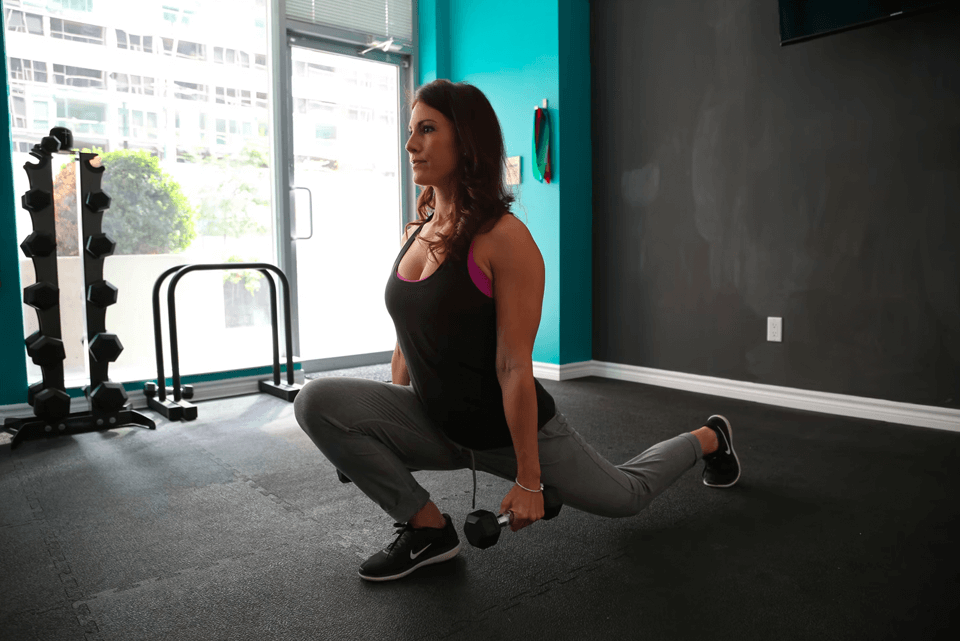
If your job is helping athletes stay healthy and improve their performance, you likely have a lot of data coming at you. You might even feel you have too much. Some teams have data from as many as 10 different wearable devices, on top of all the information coming from other tracking processes and monitoring forms. Each source may deliver useful information about athletes’ health and fitness levels. But what that vast amount of disparate data can’t tell you is the complete story. To give you the full picture, that data has to be integrated into a common platform that speaks the same language.
Reduce the Noise, Increase the Insight
Too many siloed data sources can be more of a liability than an asset. Visiting multiple sites to review information and then trying to correlate that data in your head can be frustrating and futile.
“Too much data with too little context, without the right analytical tools and the right intelligence applied to it can be distracting and limit the value you gain,” says Kinduct’s Product Manager, Bryan Wiens. “You’re flying blind as opposed to flying informed.”
You can end up wasting time and not getting what you really need, which is a better understanding of your athletes and the interrelationship between their activities and their health. To do that effectively, you need to bring the data together into graphs and charts so it’s easier to see the correlations. Then you can be sure you’re gaining the correct insights about your athletes and their performance, so you can work with them more effectively and help them get better.
More Integrations Mean Greater Choice
As teams get more technology tools to help them improve athlete performance, there’s greater demand for integrations of these data sources so that data can be properly analyzed.
To give our clients more choice in how and where they get their data, Kinduct has set up numerous integrations with third-party devices and data providers, including MLBAM, NordBord, PhysiMax, GymAware, Zebra, Zephyr and many others. We’ve also streamlined our integration architecture so we can set up those integrations more quickly. “The more integrations we have in place, the more powerful the system is and the more tools it gives our clients to assess and analyze their athletes,” says Wiens.
With Kinduct, integration works two ways:
APIs: This data integration is automatic. Data flows directly from the wearable or data provider into our system through the use of Application Program Interfaces (APIs).
Custom uploads: You can manually upload files from an established integration source to the Kinduct system as a custom import and submit it. The platform recognizes the data format and makes sure the data provided is properly sorted.